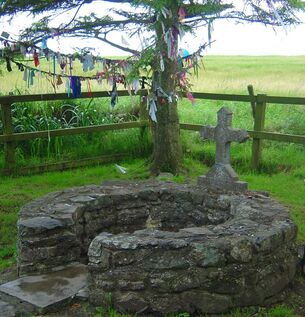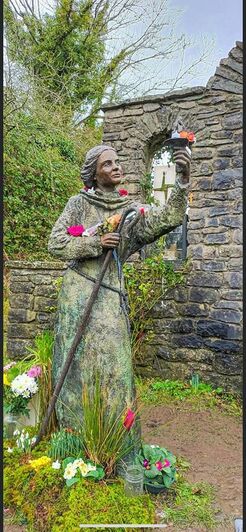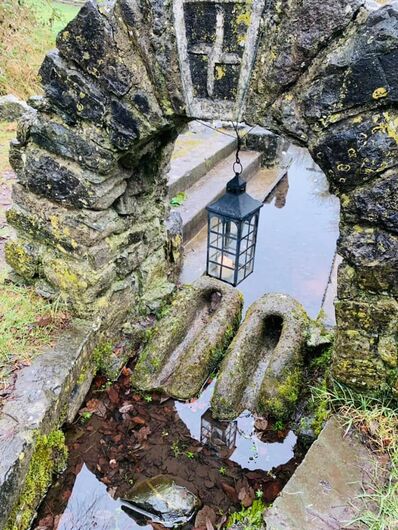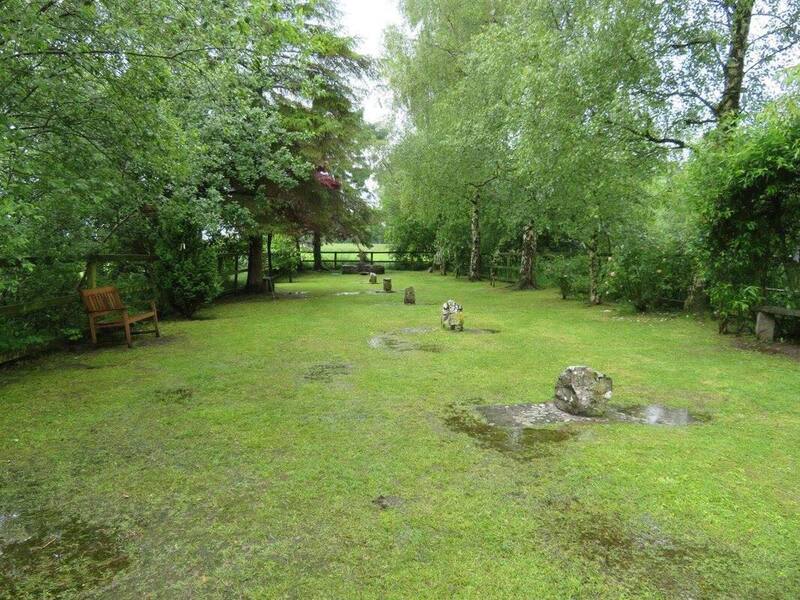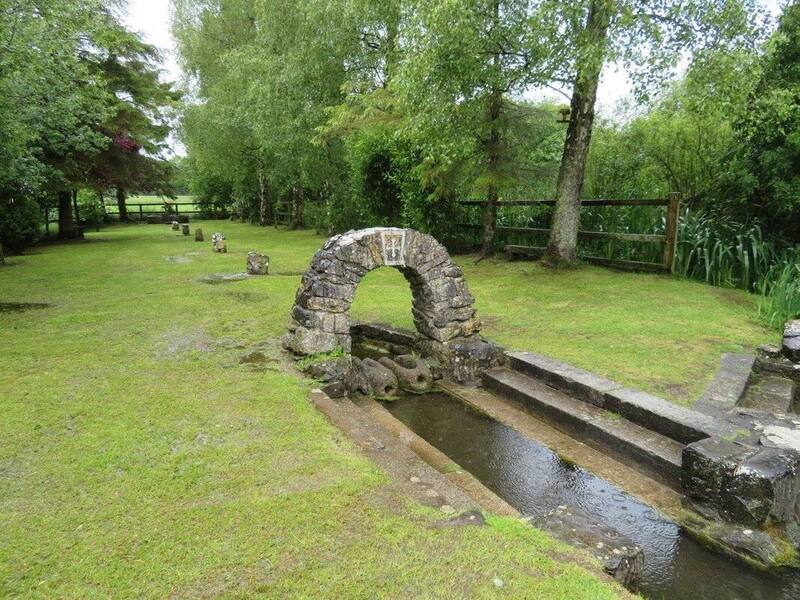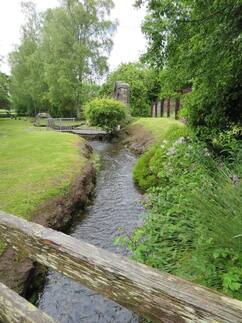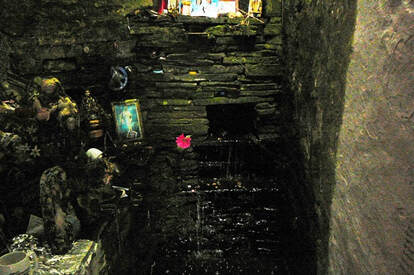Water Tender
|
Although Brighid is known as a fire and solar Goddess/Saint, she is also very much associated with wells and her healing waters. Historically when pools of water appeared without an apparent source, ancient people thought these waters originated from the womb of Mother Earth, from which flows life-giving waters. Their waters could impart knowledge and healing. The most significant wells are those that exist near a large tree, as there is deep reverence and old mythology about trees and wells. |
|
What does it mean to tend to Brighid's waters?
This means working on cleaning wells, streams, shores or supporting clean water projects, locally or globally. It's about caring for our environment the way Brighid would. Some of the things you can do personally is: 1. Help clean up trash by streams. 2. Plant vegetation along stream banks. (Please note the best option would be plants native to the environment to avoid invasive plants taking over what already grows on the banks.) 3. Never pour chemicals down sinks or toilets. 4. Use safe cleaning products whenever you can. 5. Recycle and dispose of all trash properly. Here are some links that also might be useful for ideas: • www.charitywater.org • www.teamworldvision.org • www.bluewaterbaltimore.org And please feel free to share your own ideas with us, so that we are able to add them for other members too! |
|
Clouties, Clooties or Cloughties
Sacred wells frequently have small pieces of cloth tied to the branches of a tree nearby, or to the branches of bushes that grew there. These strips of cloth are called ‘clooties’ (Scottish: small clothes), also ‘clouties’ or ‘cloughties.’ They were tied onto the branches after washing, bathing or drinking from the well. There is a belief that these form a magical link between the cloth and the person who left it, forming a tie between the petitioner and the healing virtue of the well. The cloth disintegrates in the wind and the rain, releasing the illness, so that the petitioner’s illnesses are cured. Clooties, are not the only offerings left behind. It is common to find rosaries, candles, coins, crosses, flowers and medals left as offerings. In ancient times offerings to Brigid at wells included jewelry and other votive offerings made of brass silver or gold. Source: Mused by Magdalene |
|
Brighid's Wells The fifteen wells dedicated to Brigid listed in Patrick Logan’s book “The Holy Wells of Ireland” are: St Bride’s Well, Kilbride parish, Co. Mayo St. Brigid’s Well, Ardagh, Co. Longford St. Brigid’s Well, Buttevant, Co. Cork St. Brigid’s Well, Castlemanger, Co. Cork St. Bridid’s Well, Cliffony, Co. Sligo St. Brigid’s Well, Dunleer, Co. Louth St. Bridid’s Well, Faughart, Co. Louth St. Brigid’s Well, Inismagrath parish, Co. Leitrim St. Brigid’s Well, Killinagh parish, Co. Cavin St. Brigid’s Well, Kilranelagh parish, Co. Carlow St. Brigid’s Well, Liscannor, Co. Clare St. Brigid’s Well, Marlerstown ,Co Louth St. Brigid’s Well, Mullingar, Co. Westmeath St. Brigid’s Well, Outeragh parish,Co. Leitrim St. Brigid’s Well, Tully, Co. Kildare There are atleast two other wells not listed in Patrick Logan's book St. Brigid’s well in Clondalkin in south Dublin St. Brigid's well in County Carlow in southeastern Ireland Ireland is not the only place with wells dedicated to Brighid. There are also wells named after her in Scotland, Wales and Great Britian. |




